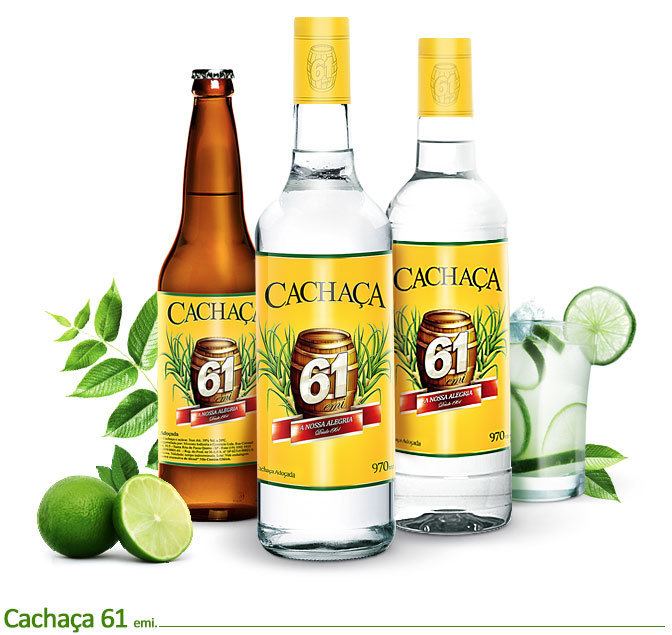 | ||
Similar Caipirinha, Aguardiente, Rum, Tequila, Vodka | ||
Alco haul ep 9 learning how to drink brazilian cacha a from real brazlians
Cachaça ([kaˈʃasɐ]) is a distilled spirit made from fermented sugarcane juice. Also known as aguardente, pinga de tuto, caninha or other names, it is the most popular distilled alcoholic beverage in Brazil. Outside Brazil, cachaça is used almost exclusively as an ingredient in tropical drinks, with the caipirinha being the most famous cocktail.
Contents
- Alco haul ep 9 learning how to drink brazilian cacha a from real brazlians
- Pitu cacha a brazilian rum review
- History
- Production
- Cachaas synonyms
- Cachaa and rum
- References
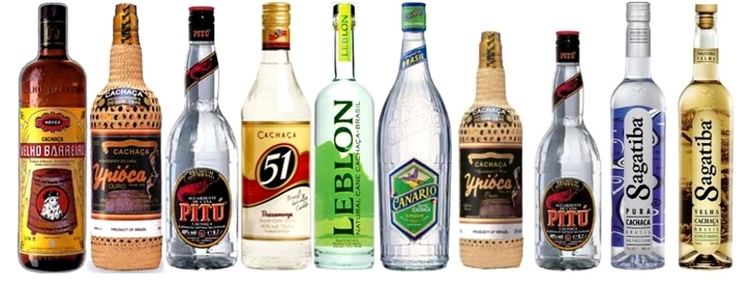
Pitu cacha a brazilian rum review
History

Sugar production was mostly switched from the Madeira islands to Brazil by the Portuguese in the 16th century. In Madeira, aguardente de cana is made by distilling sugar cane liquors and the pot stills from Madeira were brought to Brazil to make what today is also called cachaça.
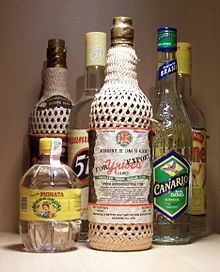
The process dates from 1532, when one of the Portuguese colonisers brought the first cuttings of sugar cane to Brazil from Madeira. Cachaça is mostly produced in Brazil, where, according to 2007 figures, 1,500,000,000 litres (396,000,000 US gal; 330,000,000 imp gal) are consumed annually, compared with 15,000,000 litres (3,960,000 US gal; 3,300,000 imp gal) outside the country. It is typically between 38% and 48% alcohol by volume. When homemade, it can be as strong as the distiller wants. Up to six grams per litre of sugar may be added.
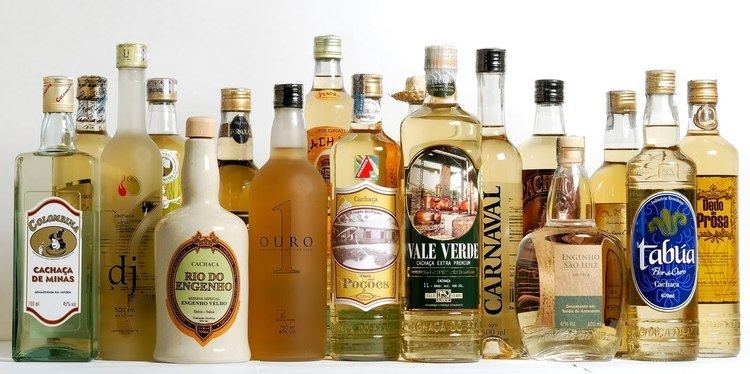
Figures from 2003 indicate 1.3 billion litres of cachaça are produced each year; only 1% of this is exported (mainly to Germany).
Production
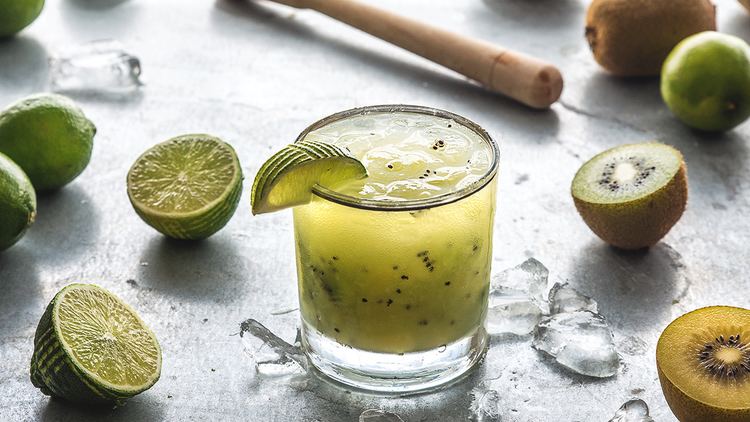
Cachaça, like rum, has two varieties: unaged (white) and aged (gold). White cachaça is usually bottled immediately after distillation and tends to be cheaper (some producers age it for up to 12 months in wooden barrels to achieve a smoother blend). It is often used as an ingredient in caipirinha and other beverages. Dark cachaça, usually seen as the "premium" variety, is aged in wood barrels and is meant to be drunk straight (it is usually aged for up to 3 years though some "ultra premium" cachaças have been aged for up to 15 years). Its flavour is influenced by the type of wood the barrel is made from.
There are very important regions in Brazil where fine pot still cachaça is produced such as Salinas in Minas Gerais state, Paraty in Rio de Janeiro state, Monte Alegre do Sul in São Paulo state and Abaíra in Bahia state. Nowadays, producers of cachaça can be found in most Brazilian regions and in 2011 there were over 40,000 of them.
Cachaça's synonyms
For more than four centuries of history, cachaça has accumulated synonyms and creative nicknames coined by the Brazilian people. Some of these words were created for the purpose of deceiving the supervision of the metropolis in the days when cachaça was banned in Brazil; the beverage was competing with the European distillate grappa. There are more than two thousand (2,000) words to refer to the Brazilian national distillate. Some of these nicknames are: abre-coração (heart-opener), água-benta (holy water), bafo-de-tigre (tiger breath), and limpa-olho (eye-wash).
In an article about the origins of the beverage's many names, the author says: "The popular nicknames for cachaça also mentioned on the company’s site are similarly hard to swallow: pinga, for instance, which means drops and refers to the condensed drops of sugar cane juice that landed on the backs of the enslaved workers. Worse is aguardente—firewater—a reference to how those drops burned the backs of workers bearing wounds from the whip."
Cachaça and rum
In the beginning of the seventeenth century, the producers of sugar from various European colonies in the Americas started to use the by-products of sugar, molasses and scummings, as the raw material for the alcoholic beverage which in British colonies was named rum, in France's tafia, in Spain's aguardiente de caña and in Portugal's (Brazil) aguardente da terra, aguardente de cana and later cachaça.
The major difference between cachaça and rum is that rum is usually made from molasses, a by-product from refineries that boil the cane juice to extract as much sugar crystal as possible, while cachaça is made from fresh sugarcane juice that is fermented and distilled. As some rums—in particular the rhum agricole of the French Caribbean—are also made by this process, cachaça is also known as Brazilian rum.
In the United States, cachaça is recognized as a type of rum and distinctive Brazilian product after an agreement was signed in 2013 with Brazil in which it will drop the usage of the term Brazilian rum.
